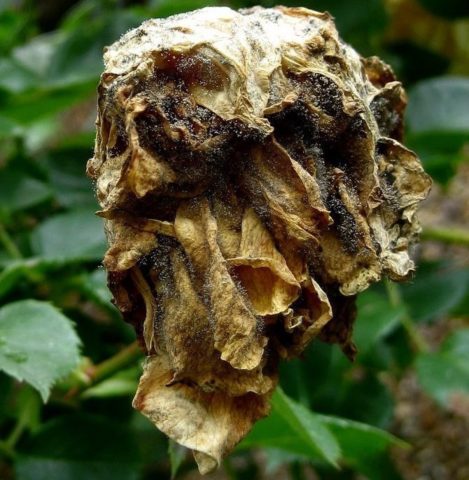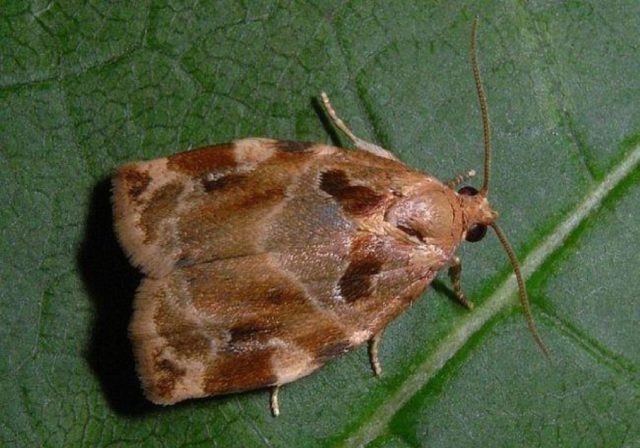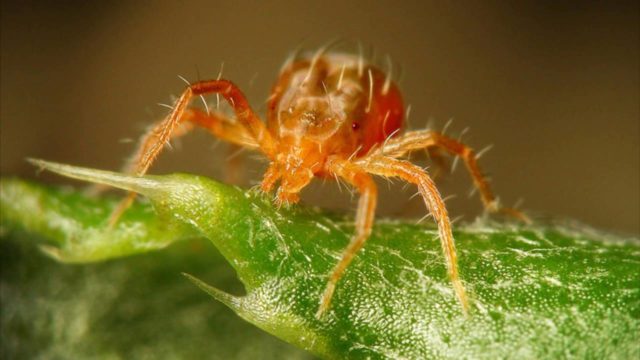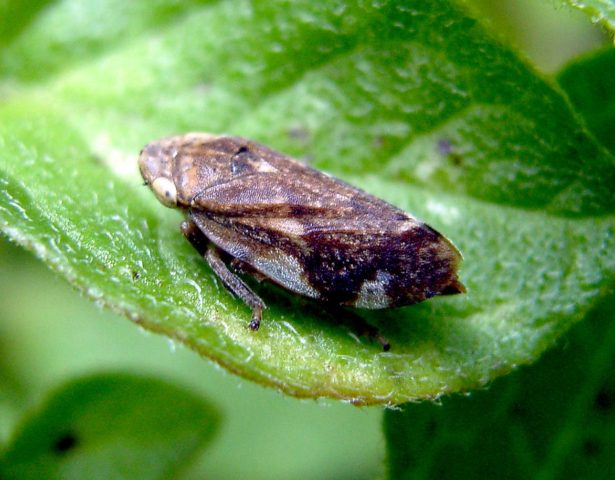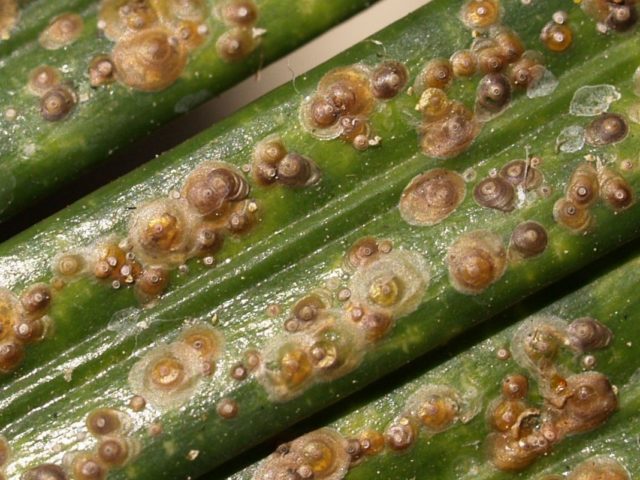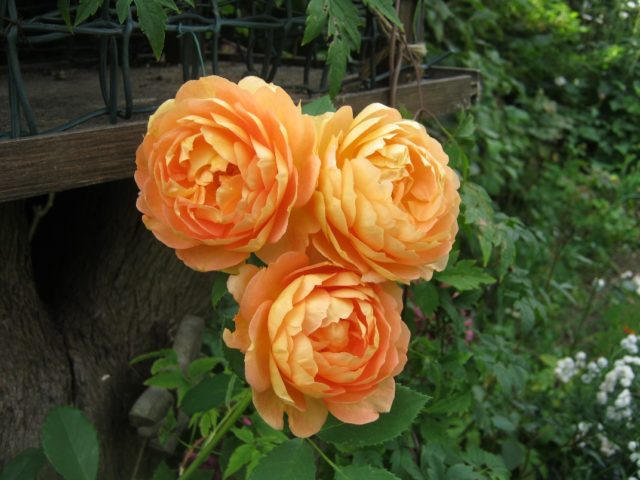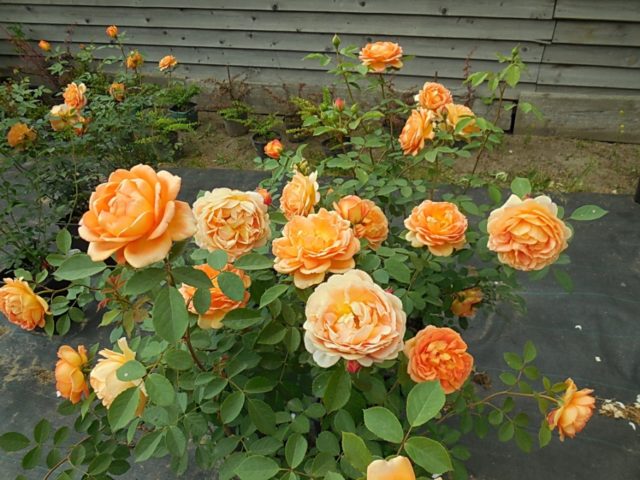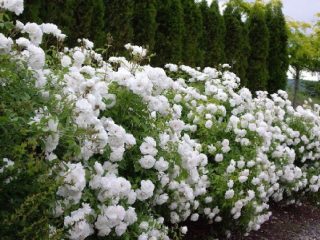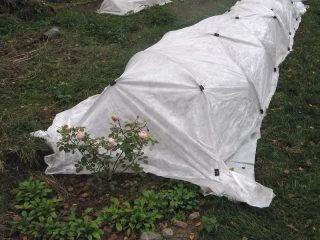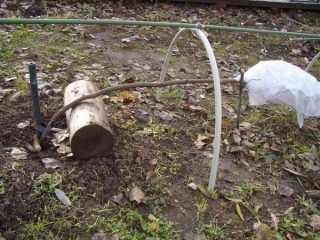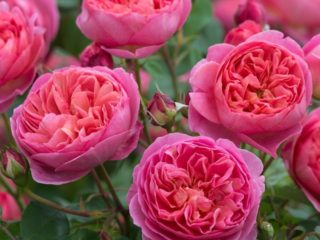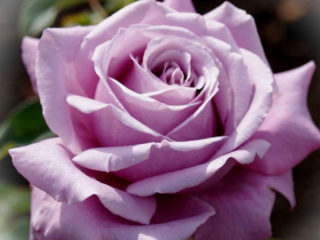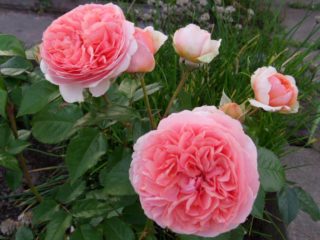Content
- 1 History of selection
- 2 Description of the Lady of Shalott rose variety and characteristics
- 3 Advantages and disadvantages
- 4 Reproduction methods
- 5 Growing and caring for the English park rose Lady of Shalott
- 6 Pests and diseases
- 7 Application in landscape design
- 8 Conclusion
- 9 Reviews with photos about growing Lady of Shalott roses in partial shade
For those who are just starting to get into floriculture, the Lady of Shalott rose is a real find. It is not capricious, tolerates difficult climatic conditions well, does not require special care, and at the same time has a spectacular appearance.
History of selection
Rose “Lady of Shallot” was created by David Austin in the most famous nursery in the UK. The breeder has been developing new varieties and hybrids of roses for 60 years. In the nursery park there are hundreds of their species of different colors, among which there are not only English, but also other best world varieties - new and ancient.
The Lady of Shalott variety was obtained in 2009. The rose was given the name of the heroine of the ballad of Alfred Tennyson, the famous English poet, whose 200th anniversary was celebrated in the year the new variety appeared. The girl from the ballad has red hair that resembles the appearance of flowers.
The new variety did not go unnoticed; after participating in several exhibitions and competitions, the “Lady of Shalott” rose was awarded a silver medal in Glasgow, and received an official certificate from the Royal Rose Society.
Description of the Lady of Shalott rose variety and characteristics
The variety belongs to the scrub roses - English bush roses. The height of the plant's shoots is 150 cm. Thin branches covered with dark green glossy leaves form a powerful and lush bush. At the very beginning of the growing season, the leaf blades have a bronze tint.
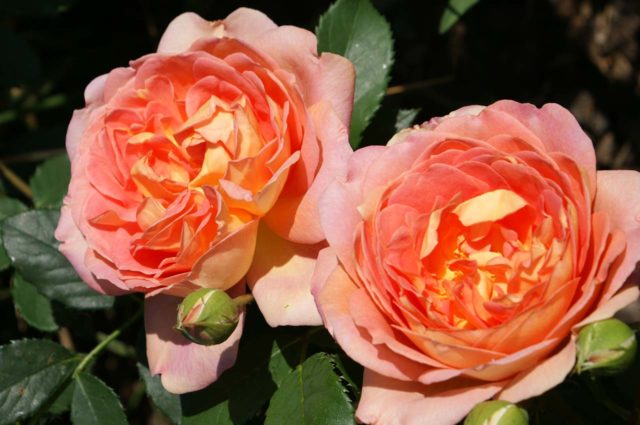
The Lady of Shalott rose is successfully grown in the south of Alaska, the Baltic states and the Primorsky Territory
According to the photo and description, the buds of the Lady of Shalott rose are large, with a pointed upper part. After blooming, the diameter of the flower is 7-10 cm. Each of them contains about 40 cup-shaped petals of apricot color. The center of the flower has richer golden tones. The inflorescences are voluminous, each with from 3 to 7 buds. The rose aroma includes several notes - tea, apple, cloves.
The bush blooms for a long time - from May to the end of August. With careful care and favorable weather conditions, it can last until autumn frosts.
The frost resistance of the variety is high - it does not require shelter and can withstand temperatures down to -27 ⁰C.
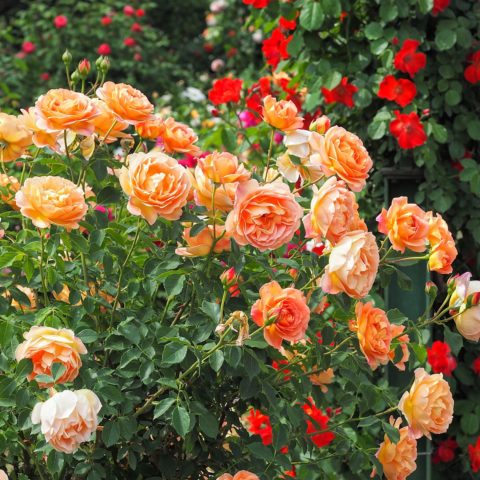
The immunity of the Lady of Shalott variety is very high
Advantages and disadvantages
Compared to other varieties, rose has a number of advantages:
- long and abundant flowering;
- excellent decorative effect during this period and after it;
- high frost resistance (zone 5);
- the ability to grow without shelter in different climates;
- immunity to major fungal diseases;
- plant resistance to high humidity and rain;
- buds appear already in the first year after planting the seedling;
- unusual strong aroma;
- Possibility of growing indoors and outdoors.
There are practically no disadvantages to the Lady of Shalott variety. Gardeners note that in hot summer conditions, rose petals can burn out, which reduces the decorativeness of the flowers.
Reproduction methods
When purchasing a rose, a gardener receives a grafted plant from a nursery or store. They often go wild due to the appearance of a large number of shoots growing from the rootstock. To prevent this from happening, it is recommended to get your own root bush. The Lady of Shalott variety, like all Austin roses, is propagated only by vegetative methods.
By layering
In early spring, before the buds begin to grow, the surface of the soil under the bush is cleared of leaves and branches, the soil is loosened and a small shallow trench is made. Choose a flexible shoot that is at least a year old, remove the bark from its lower part and make an incision near the bud. This operation will help speed up rooting.
The prepared shoot is placed in a trench and pinned to the soil. The end of the layer is attached to a vertical support. The part of the shoot lying on the ground is covered with garden soil mixed in equal proportions with compost. During the summer, the cuttings need to be watered, the soil loosened and weeds removed. In the fall, roots will appear on it, and next spring the seedling is separated from the bush and transferred to a prepared place.
Cuttings
To prepare planting material, cut the stems into pieces so that their length is about 20 cm, diameter 5 mm. The cuts (oblique at the bottom and straight at the top) are made with a sharp knife or pruning shears, the thorns are removed, and the foliage is shortened by half.
You can speed up rooting by soaking the cuttings for a day in a growth stimulator or biologically active solutions (aloe, honey). After 24 hours, they are washed and planted in prepared holes at an angle of 45⁰. The cutting is covered with a glass or plastic jar and shaded. After 2 weeks, the shelter is slightly raised, and after 10 days, it is completely removed. By this time, the planting material has taken root and the buds begin to develop. With proper care, by autumn you can see shoots up to 30 cm long on the new plant.
Dividing the bush
This method is rarely used for propagating the Lady of Shalott rose, since it is labor-intensive and traumatic for the bush.
If necessary, the procedure is carried out in early spring. The bush is dug up, divided into no more than 3 parts and planted in a permanent place.
Growing and caring for the English park rose Lady of Shalott
To grow a rose, you need a healthy seedling with a developed root system, clean leaf blades and intact shoots. The plant is planted in a place well lit by the sun in the morning and evening, protected from winds and drafts.
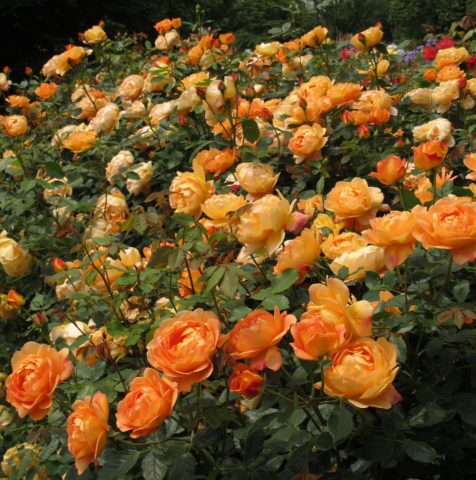
Roses are even grown in pots
In spring, the planting process begins when the air warms up to +8 ⁰C. Soil with high acidity must be limed; in the presence of high groundwater, drainage is done in the planting hole.
To properly plant the Lady of Shalott rose bush, perform a number of steps:
- If the seedling has an open root system, it is dipped into a clay solution.
- Place the rose in the center of the hole and straighten the roots.
- Cover with soil and compact it.
- Water the seedling.
- Mulch the soil at the base.
- Shade for 2 weeks.
When caring for the plant, it is necessary to ensure constant soil moisture. Watering the Lady of Shalott roses is carried out every other day at first, then reduce it to once a week.
The seedlings are fed three times per season. Nitrogen fertilizers are applied in May to increase the leaf mass of the plant. After 2 weeks, phosphorus and potassium are added to the soil, which promote the formation of buds and abundant flowering. 3 weeks after flowering, superphosphate and organic matter are added, which are necessary for the formation of flower buds and root growth.
The plant is pruned twice - in the spring, to stimulate active growth, and in the fall - to prepare for wintering.
Watching the video will help you correctly carry out this operation with the Lady of Shalott rose:
Pests and diseases
Gardeners note that the Lady of Shalott rose is resistant to the most common diseases - powdery mildew and black spot, but the likelihood of infection with other pathologies is high, including:
- rusta – determined by brown spots on the foliage, which gradually merge and become brown;
- gray rot – manifests itself in the form of mold on the buds and tips of the shoots.
To combat fungal diseases, fungicides are used (Fundazol, Switch, Fitodoctor).
The abundant and long flowering of the Lady of Shalott rose can be disrupted as a result of damage to it by pests:
- bear;
- rose leaf roller;
- spider mite;
- pennies;
- scale insect.
The optimal remedy against them is insecticides, which are used to pollinate the bushes according to the instructions for use.
To prevent infection, it is necessary to purchase seedlings from trusted sellers and disinfect them before planting.
Application in landscape design
Shrub roses were created by breeders in order to enjoy their appearance. Therefore, the plant must be visible from all points. It is necessary to take into account that in the midday heat the Lady of Shalott rose bush should be shaded so that the petals do not burn out or get burned.
Landscape designers recommend using plants in single plantings, group compositions, to create hedges and as accent spots for the lawn.
Rose "Lady of Shalott" is appropriate for a garden of any style - country, modern, English lawn. The delicate color of the buds goes well with other English roses of soft shades. Grasses and conifers can be used as companions. The bushes themselves are arranged in groups of several plants with an interval of 1 m. If their crown is narrow, the distance is reduced.
Conclusion
Rose Lady of Shalott is loved by gardeners for the beauty and aroma of flowers, undemandingness to growing conditions and high winter hardiness. If you follow the recommendations of planting and care experts, you can transform your garden beyond recognition.
Reviews with photos about growing Lady of Shalott roses in partial shade
I have several Lady of Shalott rose bushes growing in my dacha. Over the course of three years, she came to the conclusion that partial shade is preferable for her - she feels bad in the bright summer sun - the petals burn and become ugly. The main thing is that at noon, when the heat is strongest, its crown is in the shade and the soil is moist. This is not so difficult to do if you think about the landing site in advance.

